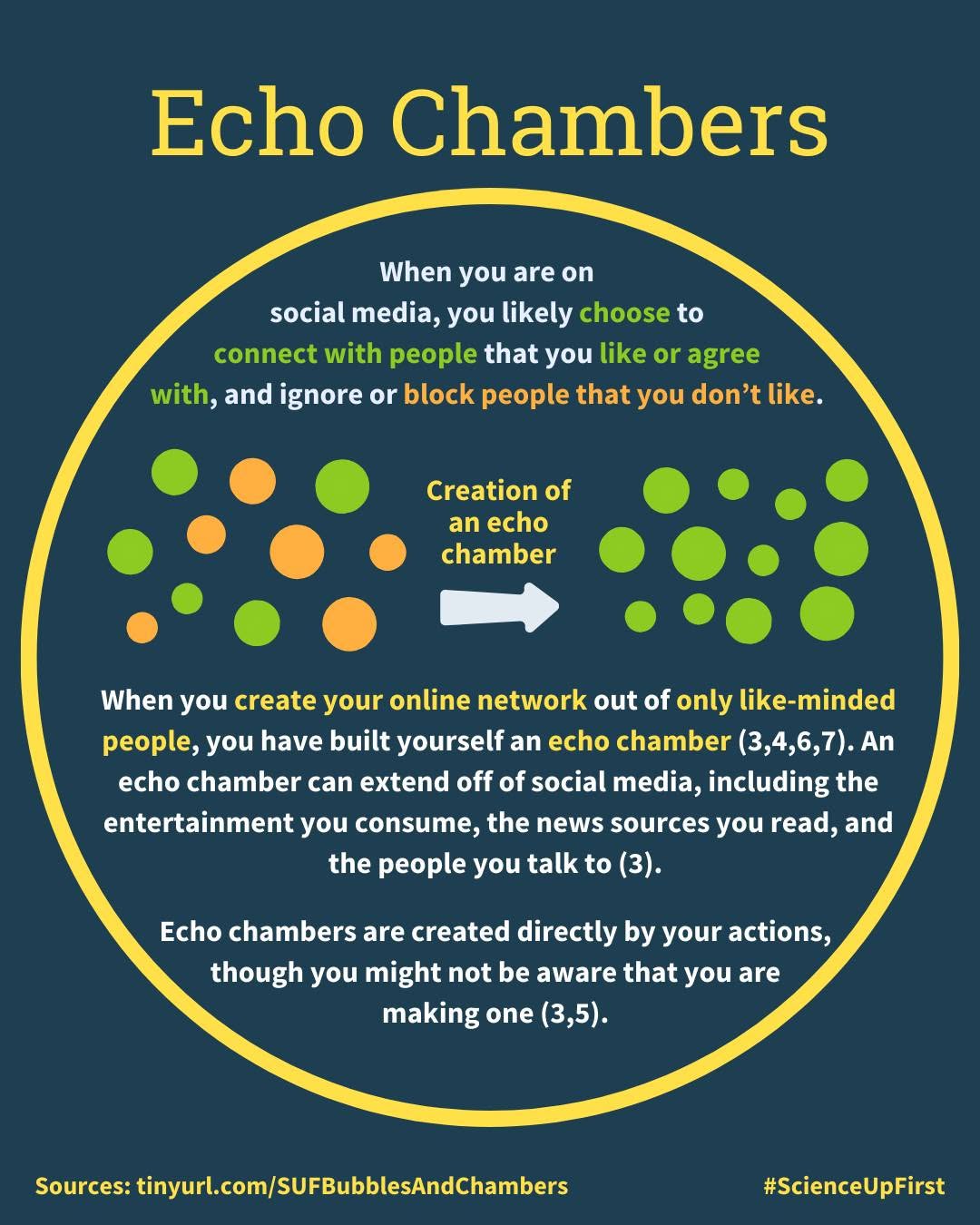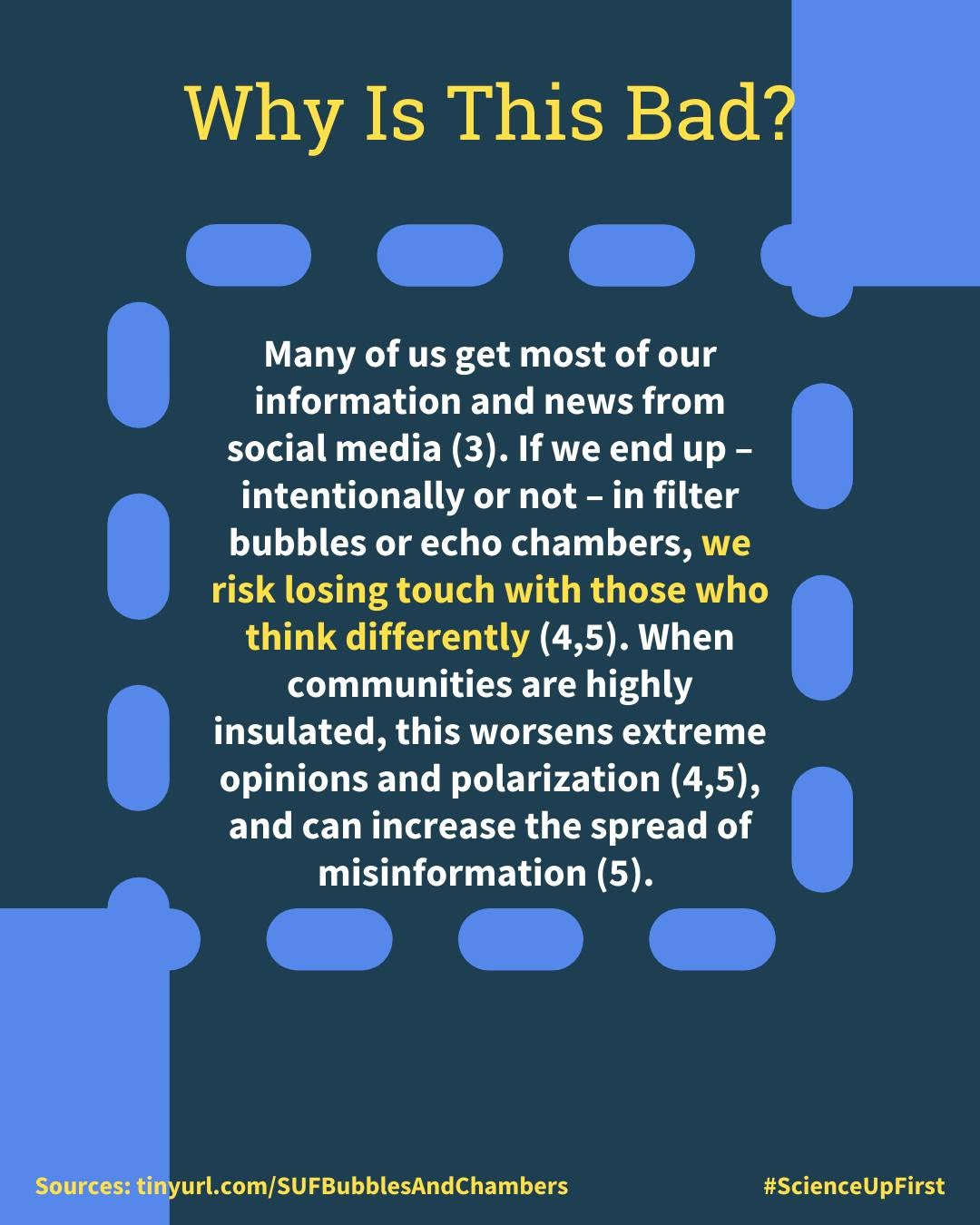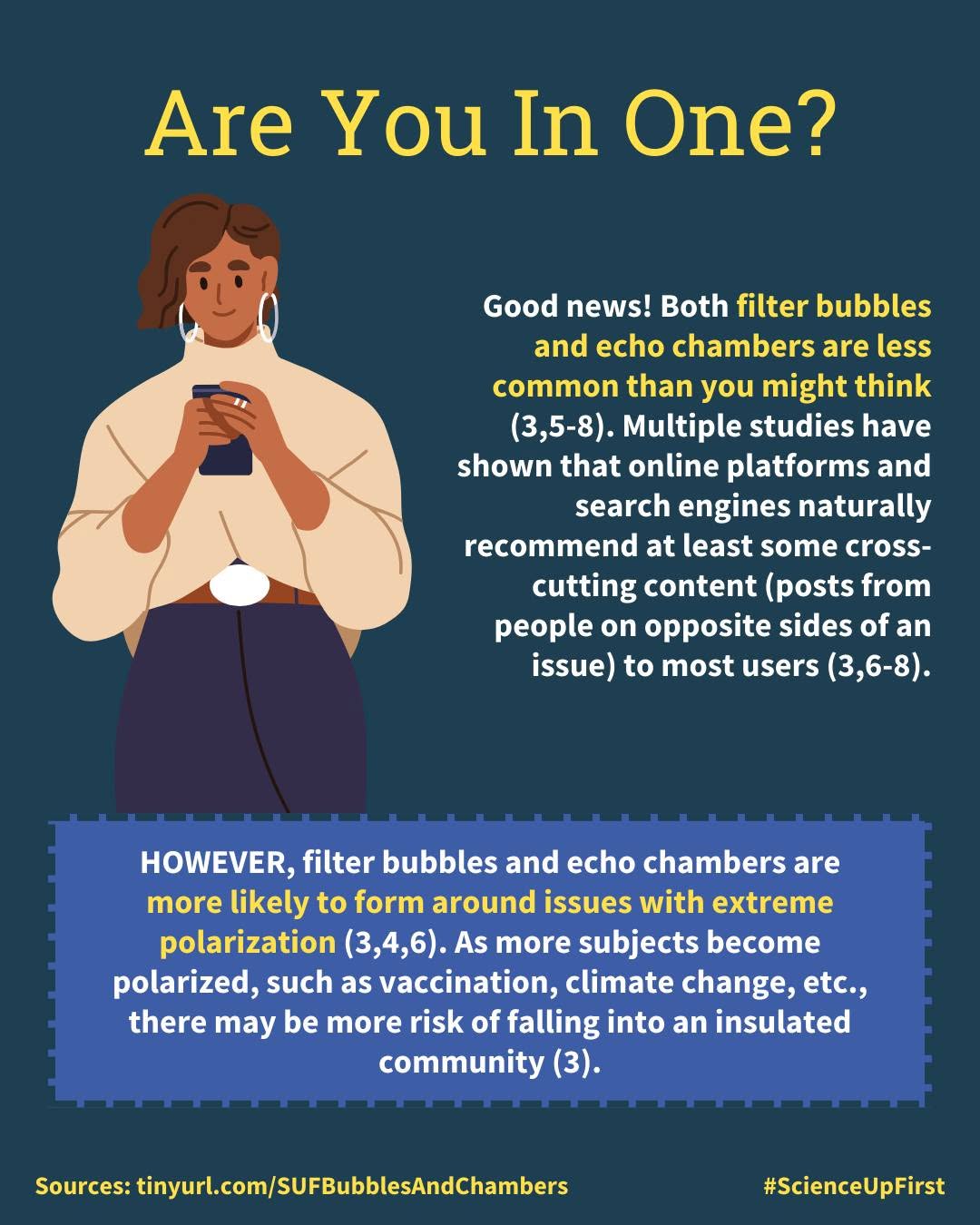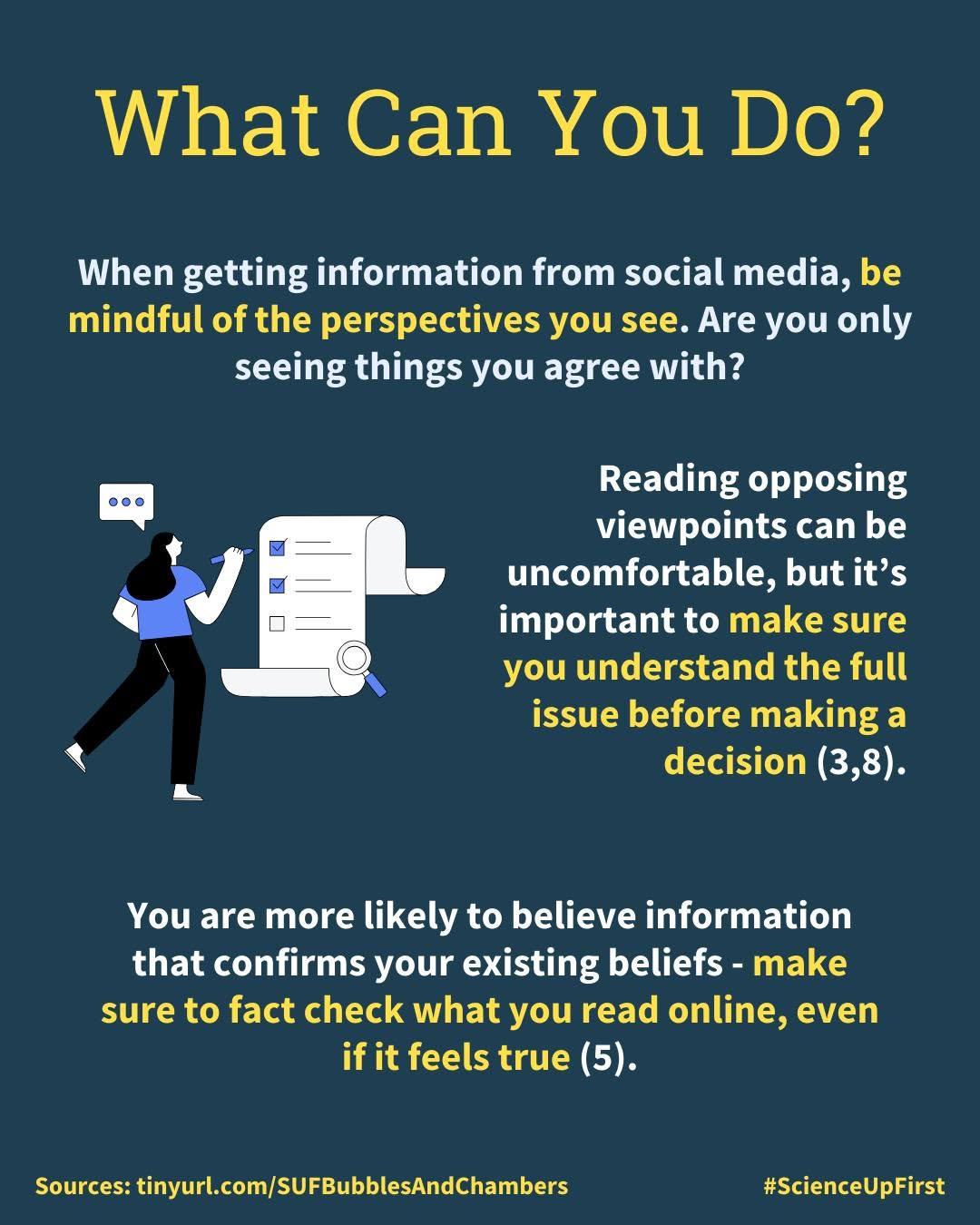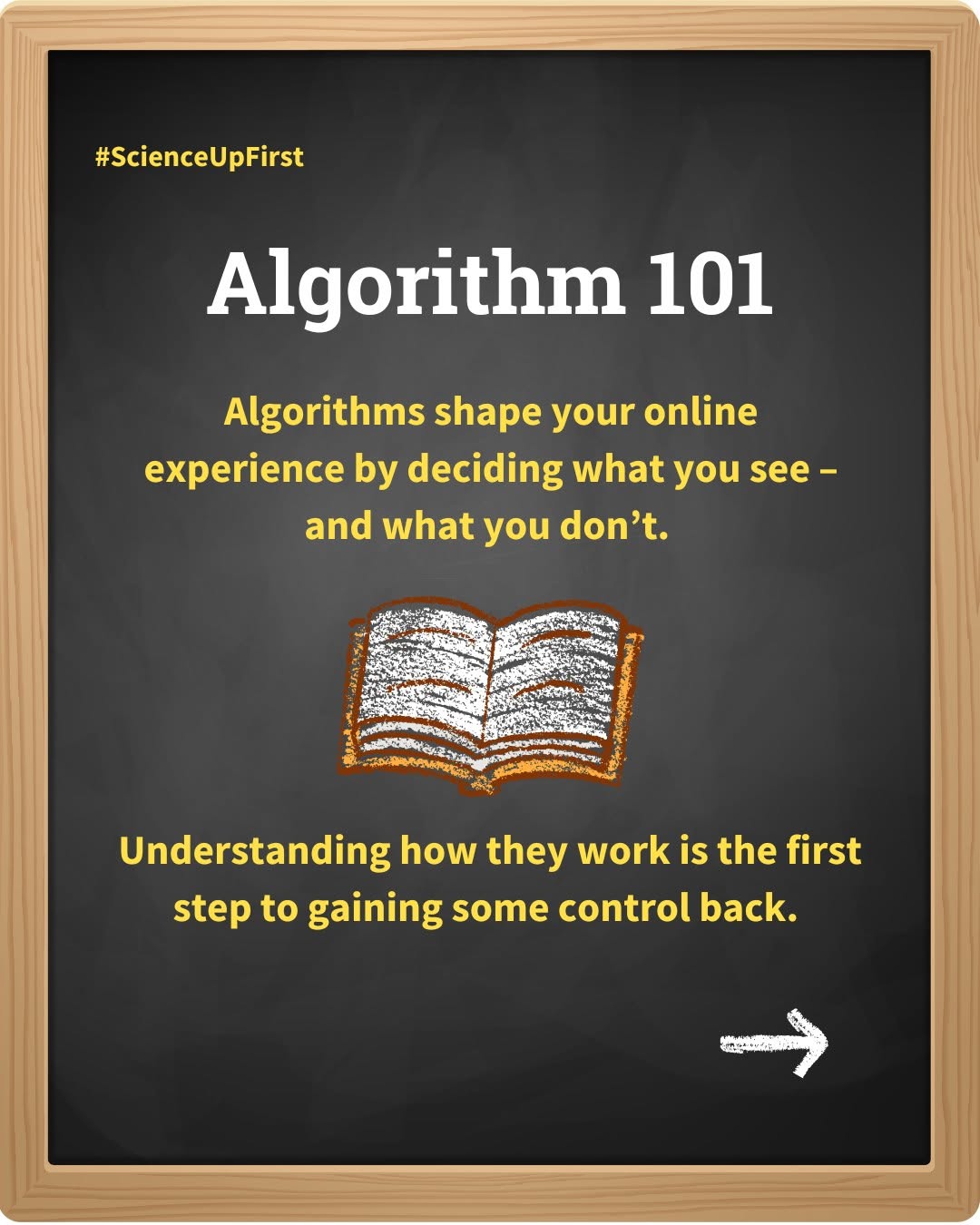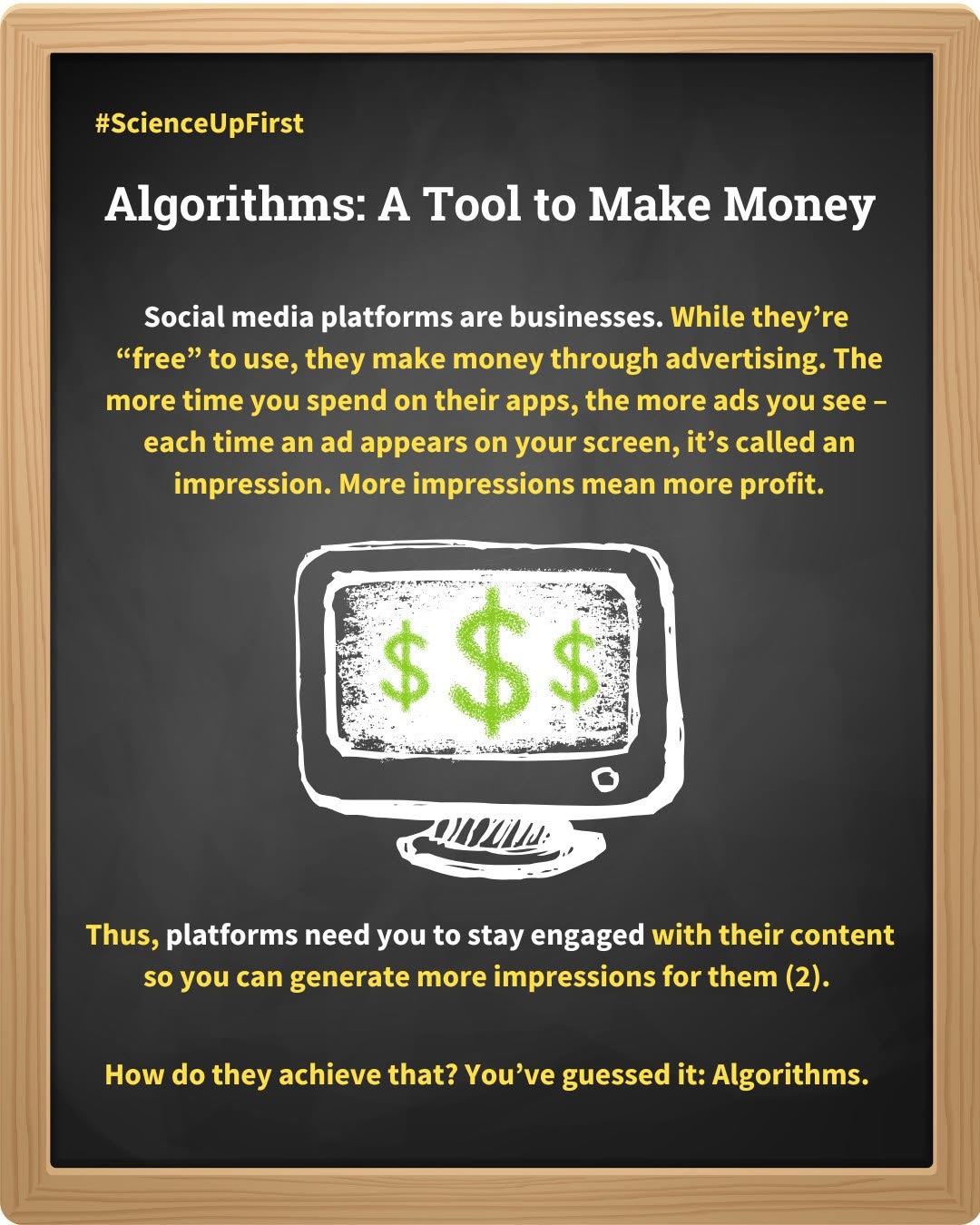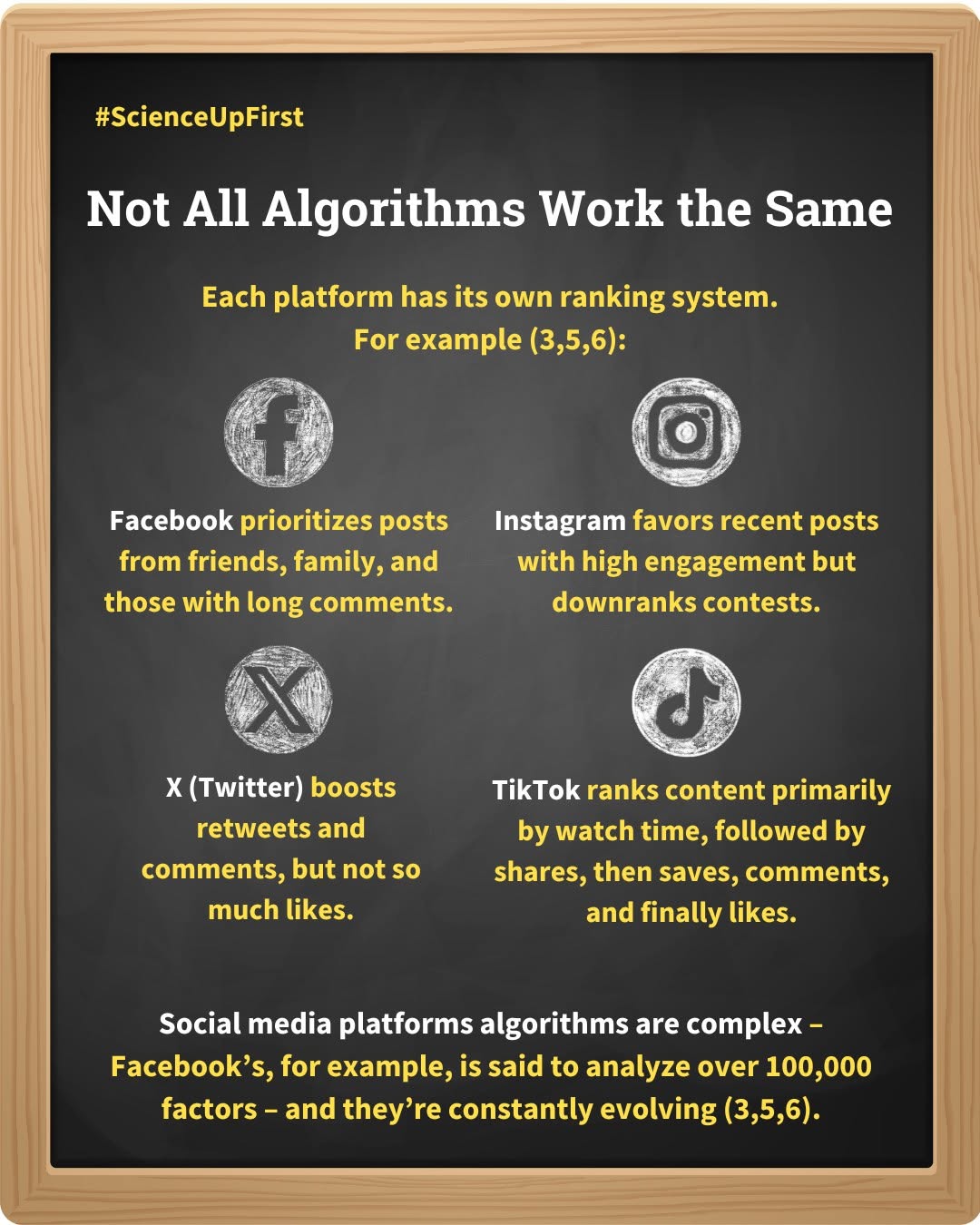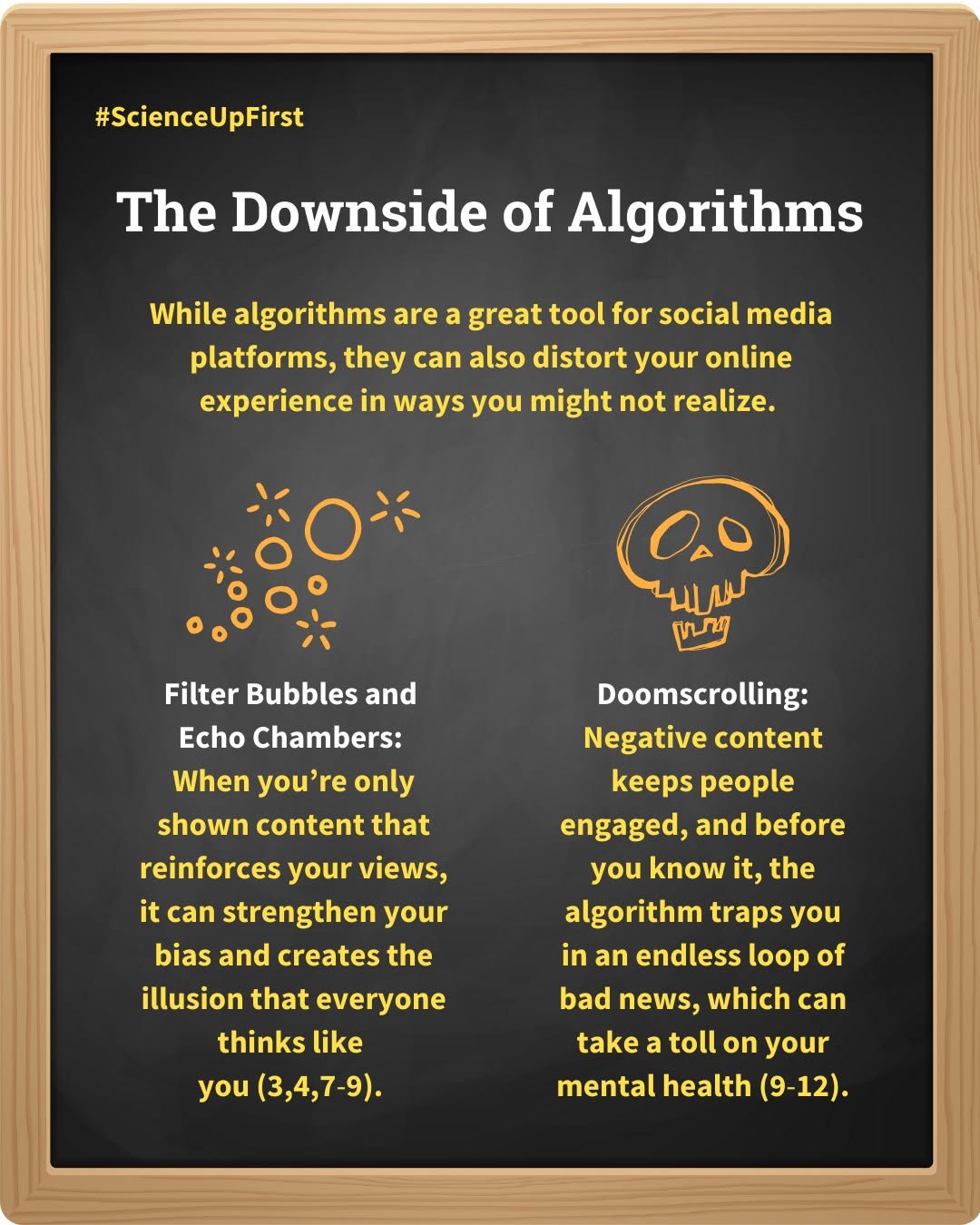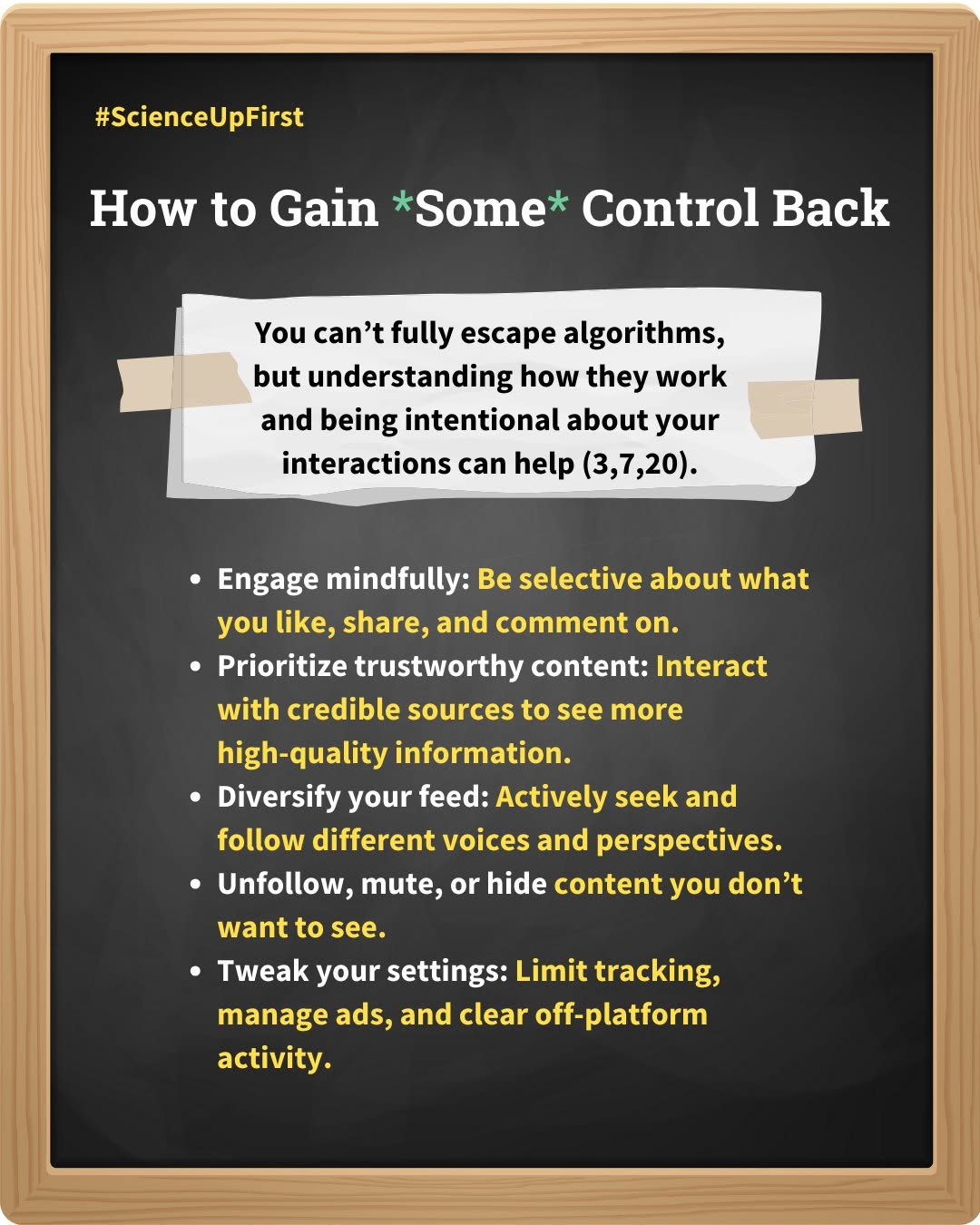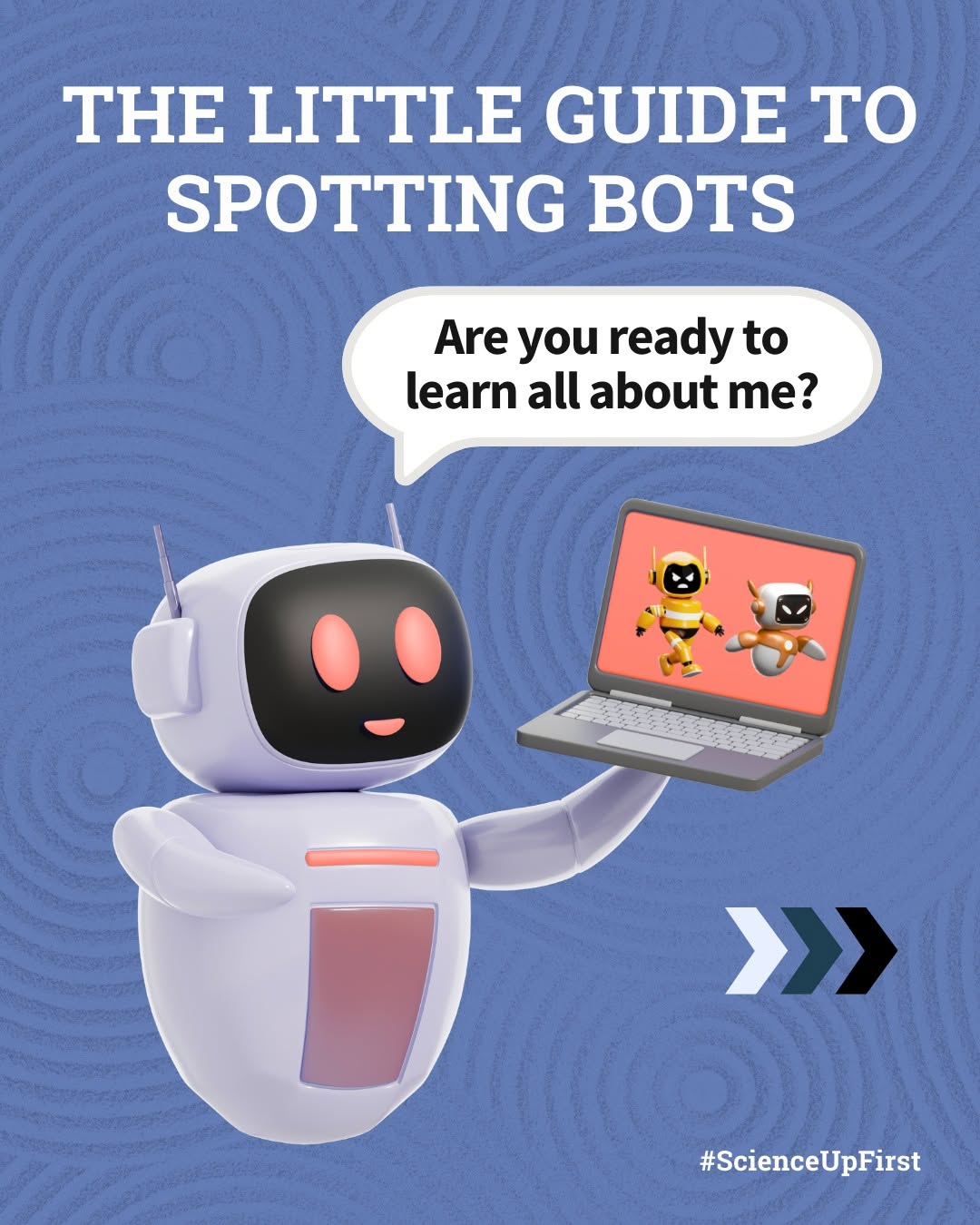


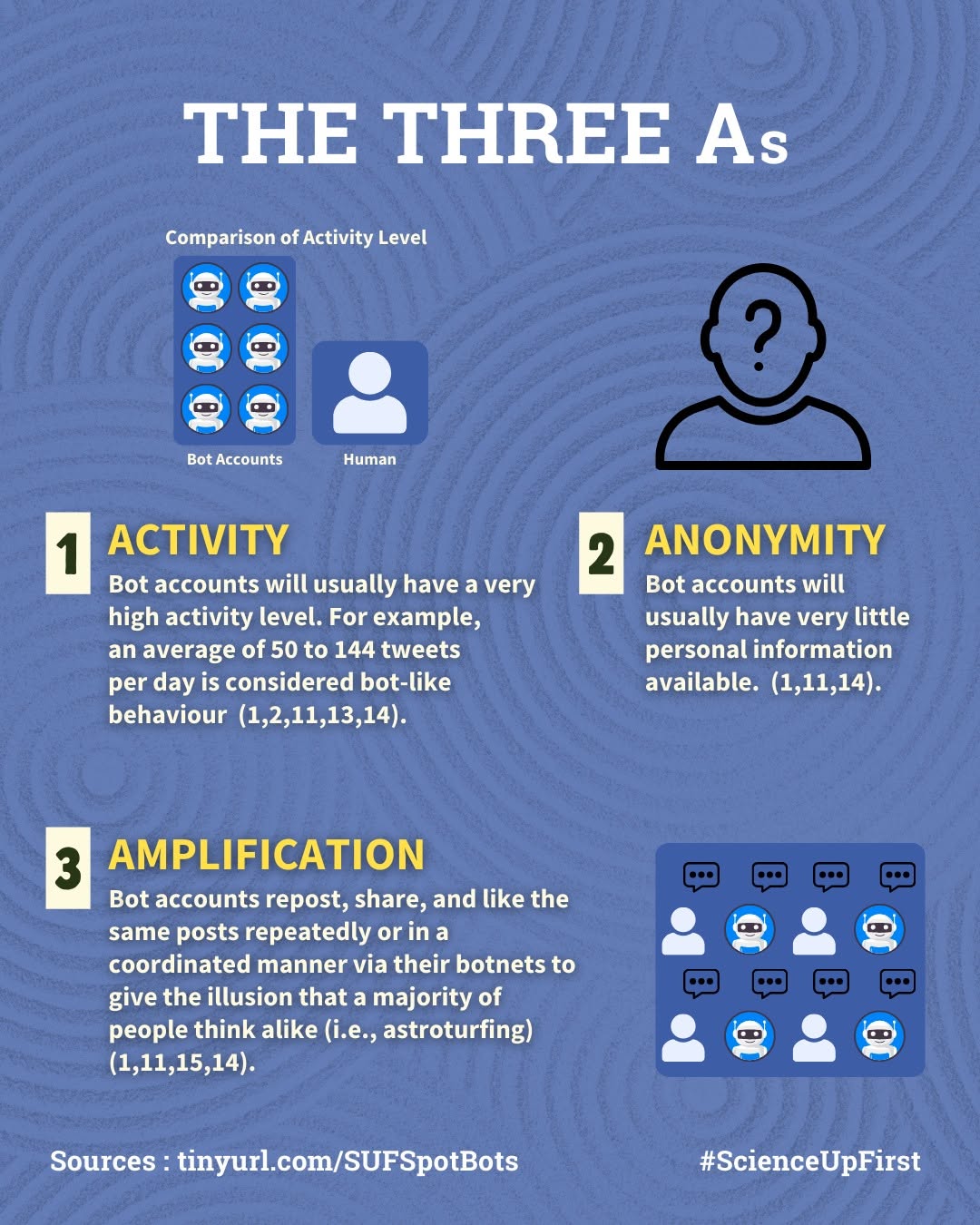
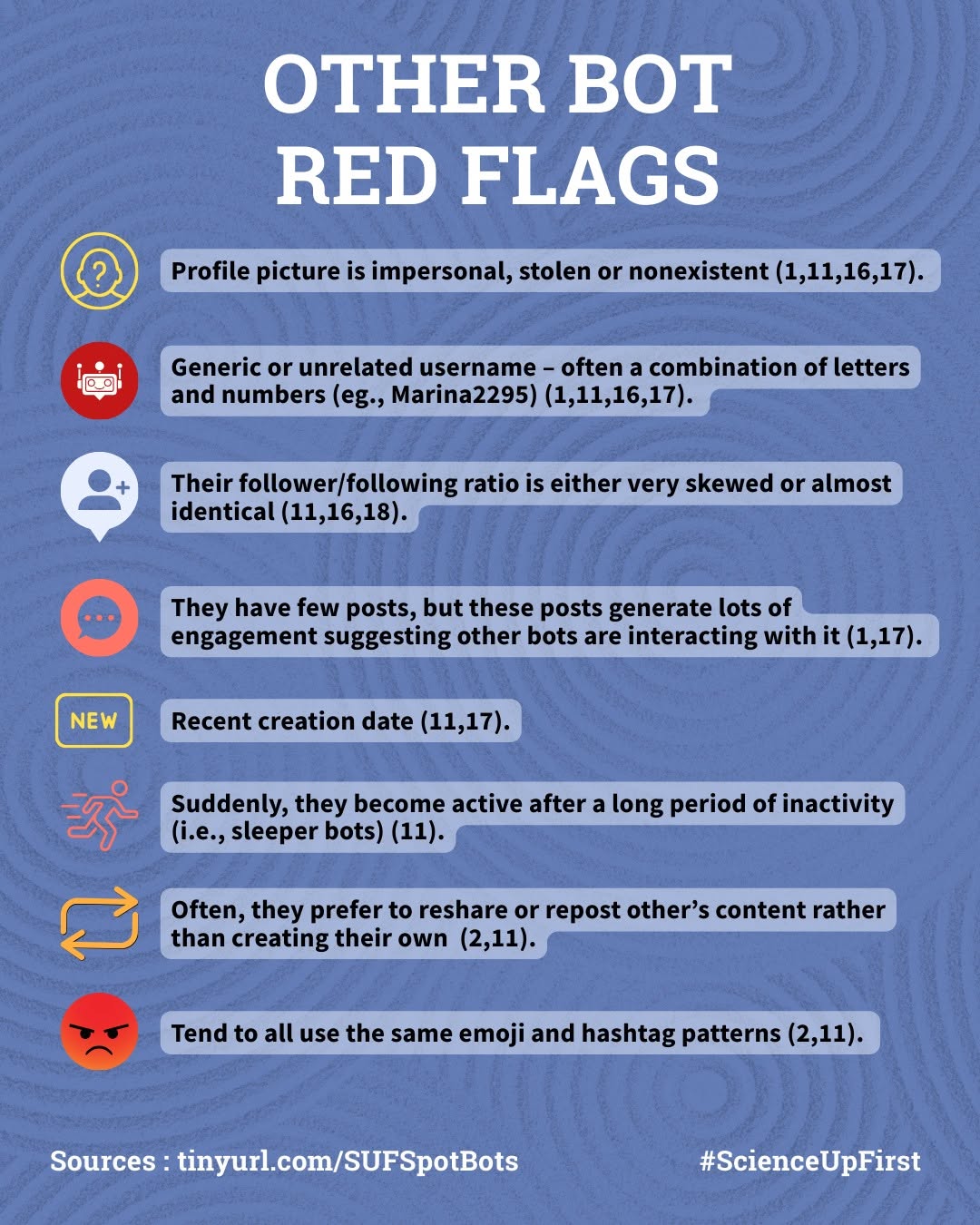

Social Media Bots can be designed for different purposes (2,11,19):
- Click/Like Farming: Bots boost an account’s popularity by generating fake likes or reposts.
- Hashtag Highjacking: Bots use popular hashtags to spread spam or malicious content.
- Repost Storm: A lead bot shares content, triggering a coordinated reposting attack by a bot network.
- Trend Jacking: Bots exploit trending topics to spread their message or target an audience.
- Astroturfing: Bots can throw their weight behind different issues to artificially inflate the perception of support.
There are detection tools online that can help you identify X bot accounts (e.g. Bot-o-Meter, Twitter Audit, Bot Sentinel) (18).
If you think you have found a bot, report it and block it (20). By reporting bot accounts and removing them from your followers list, you can limit the spread of misinformation, but also potentially boost your account as engagement on your posts will now be more genuine (16).
Have you spotted bots in the wild? How did you know they were bot accounts? Let us know!
- BotSpot: Twelve Ways to Spot a Bot | Digital Forensic Research Lab | August 2017
- Social Media Bots Overview | Homeland Security | May 2018
- Twitter Bots & Climate Disinformation | Scientific American | January 2021
- Social media, fake news, and polarization | Science Direct
- New Strategy to Detect Social Bots | Stonybrook University | November 2021
- Inside a Facebook Bot Farm | Comparitech | March 2022
- Nearly 48 million Twitter accounts could be bots | CNBC | March 2017
- Huge networks of fake accounts found on Twitter | BBC News | January 2017
- Battle of the Botnets | Digital Forensic Research Lab | July 2017
- Bots and Computational Propaganda | Cambridge University | August 2020
- Social Media Bots Infographic Set |The Cybersecurity and Infrastructure Security Agency (CISA)
- Bots tried to influence the U.S. election | science.org | September 2017
- ‘Bots’ boost Russian backlash against Olympic ban | Reuters | December 2017
- Spotting Bots | TRADOC
- What Is ‘Coordinated Inauthentic Behavior’? | snopes.com | September 2021
- Snopes Tips: How to Spot Social Media Bots | snopes.com | July 2022
- How to spot fake social media accounts, bots and trolls dw.com |July 2022
- Media Literacy & Misinformation | Monmouth University
- Instagram Spam Bots | FraudBlocker.com
- The Ultimate Guide to Spotting and Fighting Bots on Social Media | BitDefender.com | July 2023
Share our original Bluesky Post!
Bots are everywhere. While some are useful, others manipulate trends, spread misinformation, and distort public opinion. How can you spot them? What can you do? Learn more 👉 scienceupfirst.com/misinformati… #ScienceUpFirst
— ScienceUpFirst (@scienceupfirst.bsky.social) April 4, 2025 at 10:26 AM
[image or embed]
View our original Instagram Post!



